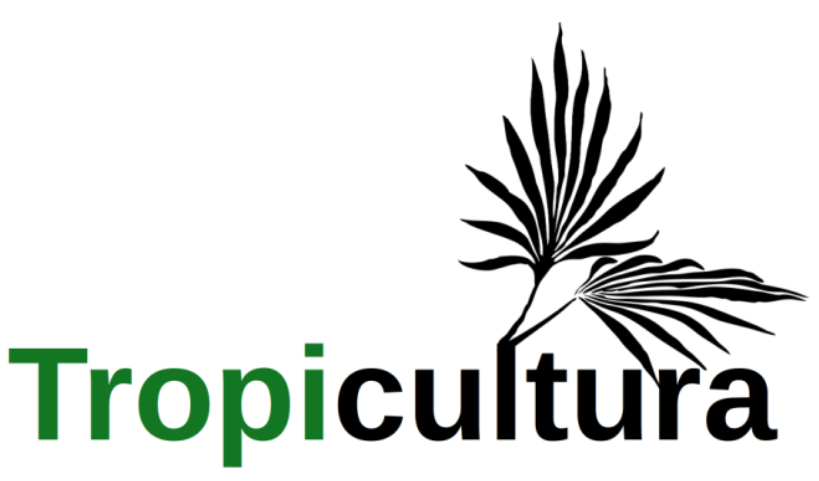- Accueil
- Volume 36 (2018)
- Numéro 3
- Les statuts morphologiques d’urbanisation des communes de Kinshasa en République Démocratique du Congo
Visualisation(s): 2547 (30 ULiège)
Téléchargement(s): 18 (0 ULiège)
Les statuts morphologiques d’urbanisation des communes de Kinshasa en République Démocratique du Congo

Document(s) associé(s)
Version PDF originaleRésumé
Cet article met en évidence la forte présence de la périurbanisation à Kinshasa par la caractérisation de son gradient urbain-rural. A partir de l’observation de la morphologie d’urbanisation sur Google Earth de 34.035 mailles carrées de 25 ha chacune, couvrant toute l’étendue de la ville, nous avons réalisé une typologie de ses communes suivant le gradient urbain-rural. Nous avons également étudié l’évolution de la densité de population des différentes zones identifiées. Les résultats renseignent que Kinshasa compte actuellement 15 communes à statut urbain, 4 à statut périurbain et 5 à statut rural. La superficie cumulée des zones périurbaines et rurales représente plus de 96% de la superficie totale de la ville démontrant le fort potentiel du phénomène de périurbanisation. Nous observons par ailleurs, une tendance de densification dans toutes les zones du gradient urbain-rural avec une situation densimétrique intermédiaire en zone périurbaine. Cette étude offre des données et un cadre théorique pour alimenter des études d’impacts environnementaux de l’urbanisation et pour orienter la planification et l’aménagement des espaces périurbains et ruraux à Kinshasa.
Abstract
Status of the Municipalities of Kinshasa, Democratic Republic of Congo, According to their Urbanization Morphology.
This article highlights the strong presence of the peri-urbanization phenomenon in Kinshasa by characterizing its urban-rural gradient. From the observation of the urbanization morphology on Google Earth of 34,035 square areas of 25 ha each, covering the entire extent of the city, we carried out a typology of its municipalities according to the urban-rural gradient. We also studied the evolution of the population density of the identified zones. The results show that Kinshasa currently counts 15 municipalities with urban status, 4 with peri-urban status and 5 with rural status. The cumulated area of the peri-urban and rural zones represents more than 96% of the total area of the city indicating the strong potential for peri-urbanization of the city. We observe in addition, a tendency towards an increase of the population density in all the zones of the urban-rural gradient with an intermediate situation in the peri-urban zone. This study provides data and a theoretical framework necessary for the study of the environmental impact of urbanization and for peri-urban and rural land planning and management in Kinshasa.







